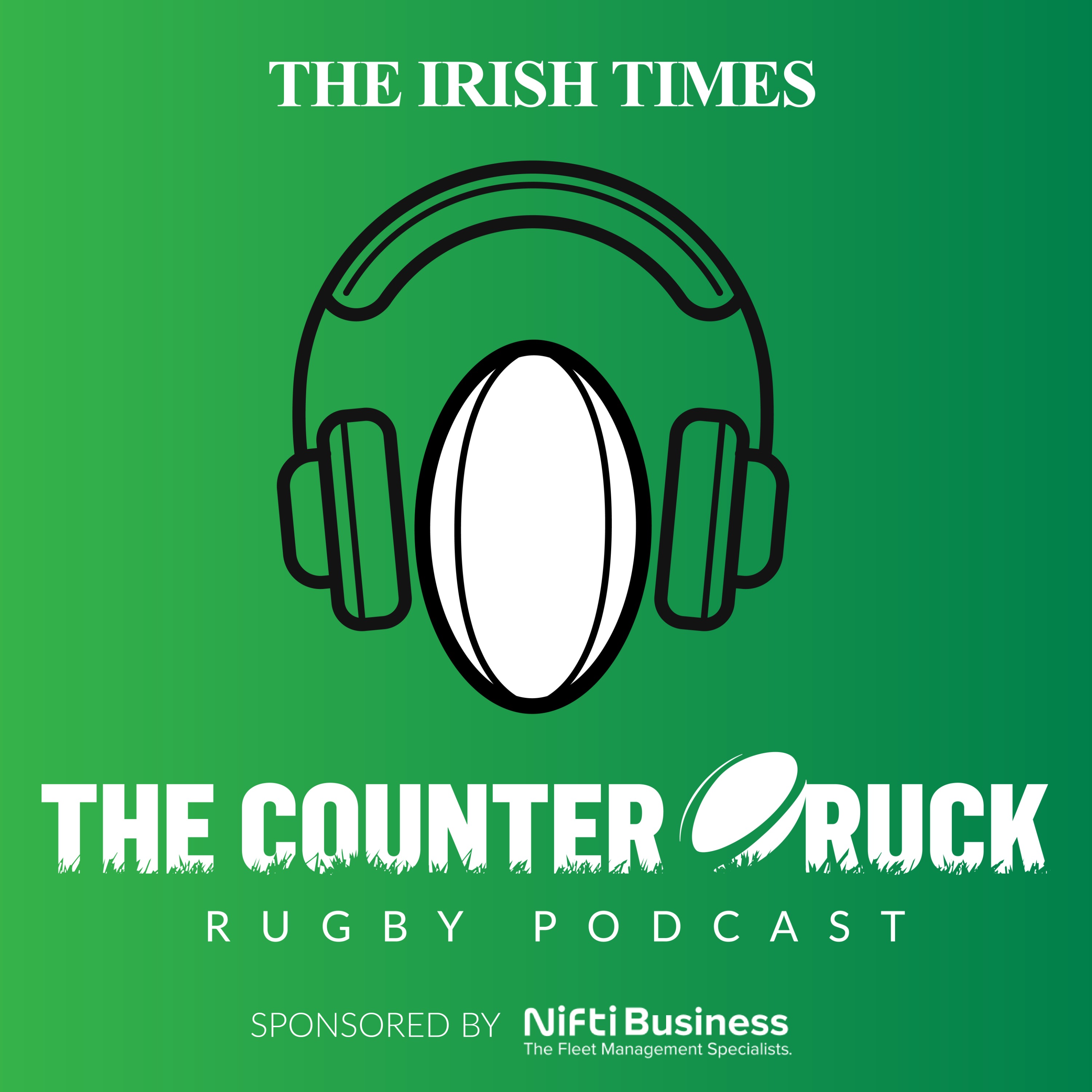You might not have noticed the recent ticket-buying spree.
If you were a Leinster rugby fan you may have known about it but sat back, wistfully thought about Croke Park’s capacity and said to yourself “give it a few days and I’ll pick up a ticket”.
That would have been a spectacularly wrong call. Outside of acts like Bruce Springsteen, who plays Croke Park later this month and who can move tickets in less than an hour, the idea of a club rugby game shifting over 80,000 tickets in less than 48 hours was a mini phenomenon.
Leinster rugby, the club that has taken a bit of a kicking recently over its number of centralised Irish players, has once again flexed its muscles, and the European Champions Cup semi-final fixture against Northampton will be played in front of the biggest domestic rugby crowd since, well, since the last time rugby was played in Croke Park.
The club sold 36,000 tickets for the game in the 24-hour window exclusive to their 12,800 season-ticket holders. Less than 24 hours after that all of the rest of the tickets were gone apart from a few thousand the organisers, European Professional Club Rugby (EPCR), hold back for their own use. Northampton took approximately 2,000 tickets.

Northampton head coach Sam Vesty on meeting Leinster at Croke Park
Whatever way it is carved up, Leinster have broken the mould in terms of the marketing of its brand. Although the club also sold out Croke Park in 2009 when they beat Munster in a European semi-final (at the time a world record attendance for club rugby), it was two Irish teams playing each other. The crowd that day was pretty evenly split between blue and red, but this time around Leinster have sold most of the 80,000-plus tickets themselves.
The numbers for this week’s game also matches the number of tickets sold for Six Nations matches through the years 2007-2010 when Lansdowne Road was being reconstructed and rugby moved over to Jones’s Road. Those big numbers though come from quite a small base, seemingly defying logic.
:quality(70)/cloudfront-eu-central-1.images.arcpublishing.com/irishtimes/BEZLXDFPARCM5E7DU4CFER5RKE.jpg)
At the beginning of this year the results of a poll came out. It claimed that just two per cent of Irish people play or participate in rugby, making the ticket sales even more impressive.
Rugby, especially in Leinster, has shown a capacity to appeal to a broad range of people and move across gender lines.
While not a lot of women participate in rugby, many like watching it and support the teams. The same poll revealed that rugby is the favourite individual sport of women in Ireland, with 13 per cent selecting it as their first choice.
Camogie and hurling was the next favourite sport of Irish women, followed by soccer and Gaelic football. For men, soccer was comfortably ahead at 29 per cent.
What Leinster have managed to create is a brand that can successfully be different things to different people, ranging from a day out with a strong social dimension; to belonging to a particular scene; to the devoted, nerdy fan who travels to watch high end, competitive games with a lot of their pride tied up in the outcome.
This is all happening while Leinster are going through a relatively threadbare patch, by their standards.They have not won a trophy since 2021 and have not won a European crown in five seasons – which they will modestly claim is an underachievement.
However, they have worked tirelessly over the years (as have others, with Ulster for example evangelising to the Cavan natives by playing a preseason friendly last October in the GAA’s Breffni Park) to draw in a wider group of people, by making the Friday nights at the RDS family occasions, and by moves such as rebranding the players by the counties they come from.
In that sweep, Leinster was no longer the Dublin team, but the bannerman for Carlow, Dublin, Kildare, Kilkenny, Laois, Longford, Louth, Meath, Offaly, Westmeath, Wexford and Wicklow.
Tadhg Furlong is from Wexford, Ciarán Frawley from Skerries and Seán O’Brien became known as the Tullow Tank; while the two joint Leinster captains, Garry Ringrose and Caelan Doris, come from Blackrock and Mayo respectively.
:quality(70)/cloudfront-eu-central-1.images.arcpublishing.com/irishtimes/ZMHKFLQDCFPFFOU4XVEWMMLVUE.jpg)
They were preceded by players like Gordon D’Arcy from Ferns, Bellewstown’s Shane Horgan and the inimitable Trevor Brennan from Barnhall.
While the numbers tell us that soccer is hands down the favourite sport for men, fans have turned out in greater numbers for rugby matches at Croke Park over the years.
During that period when Lansdowne Road was being developed, the Irish soccer team played 13 games in Croke Park, the last one against France in a World Cup qualifier in November 2009.
They also played against Brazil in a friendly match in February 2008 and in European Championship qualifiers against Wales and Slovakia in March 2007. The highest attendance for any of the games was the 74,103 that turned up to watch the game against the French.
In their first Heineken Cup match in the 1995-96 season Leinster played Milan in Stadio Comunale Giuriati with 1,200 people watching. The first home game was against Pontypridd in December 1995 at Lansdowne Road, with a 4,000 crowd lost in the stadium. Now that venue is too small.
Springsteen may only need an hour to sell out Croke Park, but less than 48 hours? Leinster will take that.
- Listen and subscribe to our Counter Ruck rugby podcast
- Sign up for push alerts and have the best news, analysis and comment delivered directly to your phone
- Find The Irish Times on WhatsApp and stay up to date
:quality(70)/cloudfront-eu-central-1.images.arcpublishing.com/irishtimes/LTFNK756Y5FINK54VJMXQU5Y2Q.jpg)
:quality(70)/s3.amazonaws.com/arc-authors/irishtimes/f6af4aa9-3e11-4b2d-ad9f-be0f224302ab.png)
:quality(70)/cloudfront-eu-central-1.images.arcpublishing.com/irishtimes/IMNWKIX5DFFCFE5CD5NLBU6EVY.png)
:quality(70)/cloudfront-eu-central-1.images.arcpublishing.com/irishtimes/3KCREM4OJZE6AN245FKIY2LNFI.jpg)
:quality(70)/cloudfront-eu-central-1.images.arcpublishing.com/irishtimes/WWF7QEQAOUCJUG2YWGRRSIT7SU.jpg)
:quality(70)/cloudfront-eu-central-1.images.arcpublishing.com/irishtimes/OEJZ3U43ZC4ZWNULSK34HIVKXY.jpg)
:quality(70)/cloudfront-eu-central-1.images.arcpublishing.com/irishtimes/IMNWKIX5DFFCFE5CD5NLBU6EVY.png)